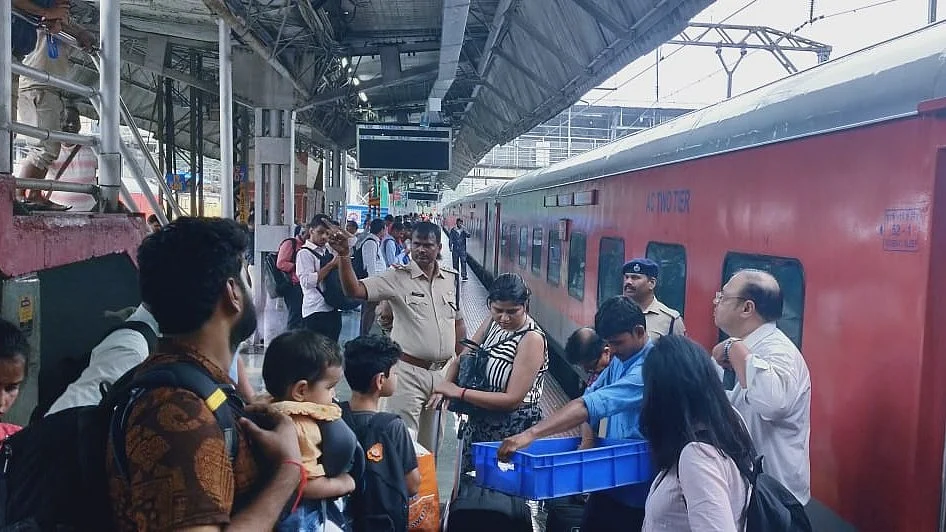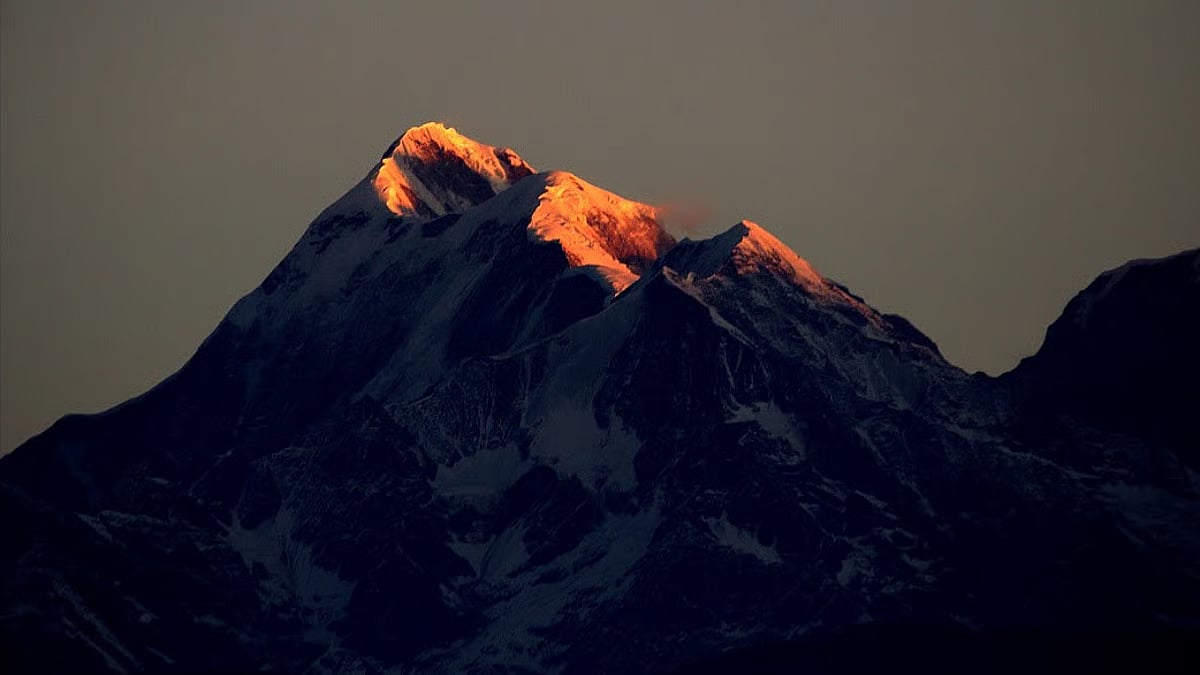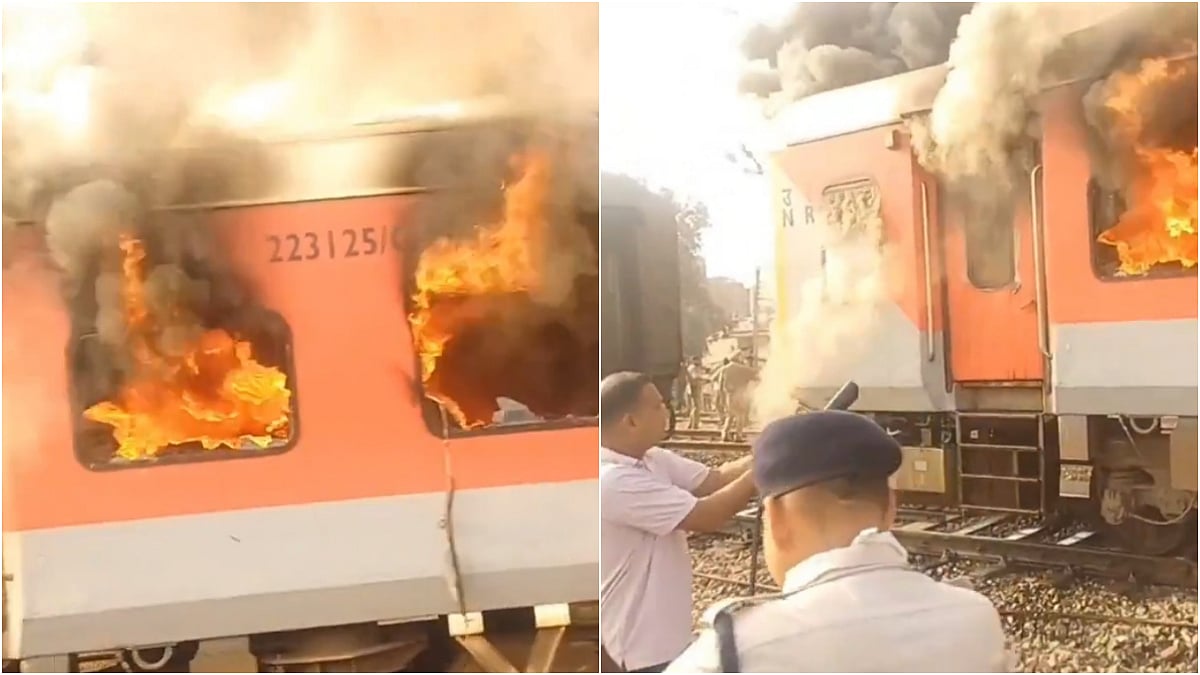Dehradun: The fragile Himalayan ecosystem is facing unprecedented risks as climate change combines with unchecked human development, warns a new report released in Dehradun.
The study, titled “Enhancing Multi-Hazard Early Warning and Resilient Settlement in the Himalayan Region,” calls for an integrated action plan that links early warning systems with strict land-use regulation and community participation to prevent disasters.
The report, unveiled during a stakeholder consultation in Uttarakhand’s capital, stresses that the traditional, fragmented approach to disaster management must be replaced by an integrated model that combines scientific monitoring, sustainable livelihoods, and enforceable land-use planning. It warns that the convergence of accelerated glacial retreat, extreme rainfall, and cloudbursts is heightening the risk of disasters such as Glacial Lake Outburst Floods (GLOFs) and landslides. These natural threats are being compounded by human-induced vulnerabilities, particularly unregulated construction and the expansion of settlements in high-risk zones.
The report draws lessons from countries like Japan, Switzerland, and Norway, where disaster risk reduction is rooted in accountability, community preparedness, and land-use control. It calls for a commitment to reduce preventable disaster deaths in the Himalayan region to zero by 2030. The authors recommend immediate measures such as the deployment of low-cost, real-time sensors to monitor rainfall, soil moisture, and lake levels, alongside mobile-based alert systems that can warn communities in time. These short-term actions, the report says, must be aligned with long-term structural reforms like hazard-sensitive land-use planning and the planned relocation of residents living in vulnerable areas.

The study emphasises that a robust and adaptive early warning system must be developed to address multiple hazards—ranging from landslides and flash floods to cloudbursts and GLOFs—by integrating real-time climatic, hydrological, and geospatial data with community-level response mechanisms. It also calls for sustainable settlement planning to regulate construction, optimise land use, and promote climate-resilient development in both urban and rural regions.
Strengthening socio-economic resilience is another critical goal. The report suggests that reducing migration pressures and supporting climate-sensitive livelihoods can help mountain communities adapt more effectively to changing environmental conditions. It highlights the need for behavioral change and risk awareness, noting that communities must be empowered with local knowledge and communication tools to take proactive measures during crises.
Nature-based solutions also find a central place in the proposed plan. The report advocates for forest restoration, watershed management, agroforestry, and wetland conservation to stabilize slopes, enhance water and soil security, and provide co-benefits for biodiversity and sustainable livelihoods. These measures, it says, can also contribute to carbon sequestration and climate change mitigation.
To bring all these elements together, the report proposes the creation of a Himalayan Resilience Mission that would coordinate a decade-long, phased plan beginning with dense sensor deployment and pilot relocation of the most at-risk communities. The mission would also facilitate knowledge exchange and policy integration, drawing on global best practices to strengthen regional governance and climate adaptation.
Experts at the consultation echoed the urgency of the report’s recommendations. “Monsoon trends in the Himalayas, especially in Uttarakhand, have changed significantly. The last decade from 2015 to 2024 has been the warmest period. We are focusing on building a five-year programme to protect everyone from all hazards by 2027 through improved data collection, forecasting, and dissemination,” said Tomar, a senior official associated with the initiative.
Another expert noted that human interference remains a major cause of disaster vulnerability. “In the last hundred years, rainfall has declined while extreme weather events have increased. The Himalayas are fragile, and human encroachment in vulnerable areas is largely to blame. Rivers never invade human spaces—it is people who take over river territories,” he said.

Environmental specialists also pointed out that glacier reserves have fallen by nearly 70 percent and underlined the vital role of forests in carbon sequestration. “There must be a balance between afforestation, deforestation, and development. The way forward lies in community-based planning and ensuring that local people are at the heart of conservation and adaptation efforts,” one expert observed.
The report marks a decisive step toward reshaping disaster management in the Himalayas—from reactive response to proactive resilience building—aiming to safeguard both lives and ecosystems in one of the world’s most climate-sensitive mountain regions.









